Afghanistan's road to 2014 election
Afghanistan's political evolution from one of a communist regime to a democratic nation.
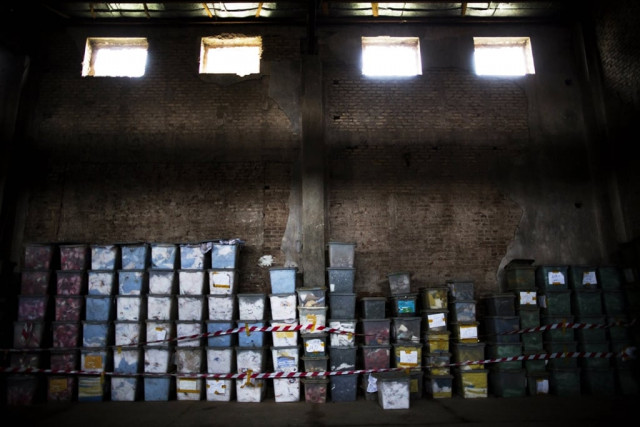
Afghan presidential election ballot boxes are stacked in rows at a warehouse in the northwestern city of Herat. Afghans will vote on April 5 in the country's third presidential election to choose a successor to Hamid Karzai. PHOTO: AFP
Here is a timeline of key events since 1979, when the Soviet Union invaded, beginning more than three decades of war in Afghanistan:
1979-1989: Soviet occupation
In December 1979, Moscow opens a new front in the Cold War by invading poor, mountainous Afghanistan to prop up a communist regime. The Afghan mujahideen resistance, backed by the West, fights the Soviet Army for a decade until it withdraws in February 1989.
1992-1996: Civil war
The fall of the communist government of president Mohammad Najibullah in 1992 unleashes a bloody power struggle between different factions that kills nearly 100,000 people in two years and destroys parts of Kabul. From 1994 the fundamentalist Taliban movement, supported by Pakistan, begins to emerge in the country's south.
1996-2001: Taliban rule
The militants take power in Kabul and install a regime based on a hardline interpretation of Islamic law, banning women from working and introducing stoning as a punishment. The Taliban, led by Mullah Omar, become close to al Qaeda and shelter its leader Osama bin Laden.
2001: Western intervention
After the September 11 attacks, the US leads an invasion which topples the Taliban but fails to find bin Laden. Hamid Karzai is appointed to lead an interim government and foreign donors inject billions of dollars to rebuild Afghanistan. Up to 150,000 soldiers are eventually deployed to help secure the country against the still-resilient Taliban, who carry on a bloody insurgency.
2004: First presidential election
In Afghanistan's first presidential election based on universal suffrage, Karzai wins 55 per cent of votes on an enthusiastic turnout of 70 per cent. The poll sees only limited violence and is followed a year later by provincial and parliamentary elections.
2009: Karzai re-elected
Karzai wins another term in a contested poll marred by massive fraud, a turnout of only 30-33 per cent and violence from the Taliban, who denounce the election as a Western plot. Karzai wins 49.7 per cent of votes in the first round and his challenger Abdullah Abdullah, a former minister, withdraws before the runoff.
2014: End of Karzai era
Afghanistan conducts its third presidential election and its first democratic transfer of power, with Karzai constitutionally barred from seeking another term. The poll comes amid resurgent Taliban violence and with Nato withdrawing its combat forces, adding to deep uncertainty about the future.


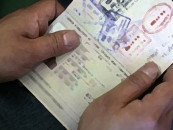
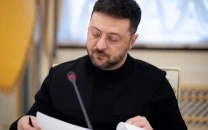

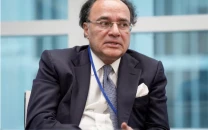
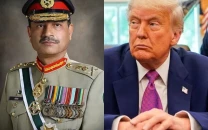











COMMENTS
Comments are moderated and generally will be posted if they are on-topic and not abusive.
For more information, please see our Comments FAQ